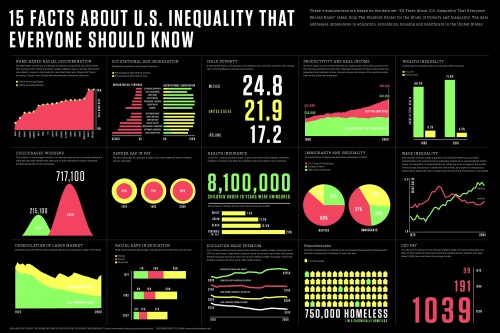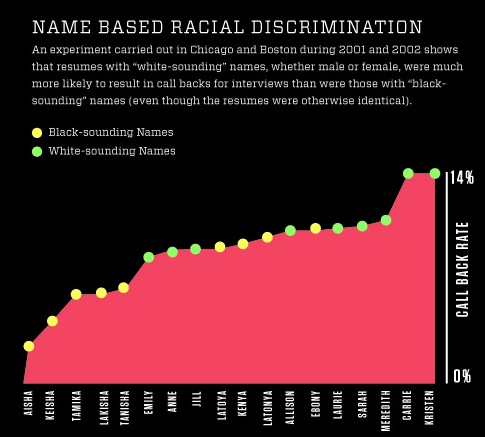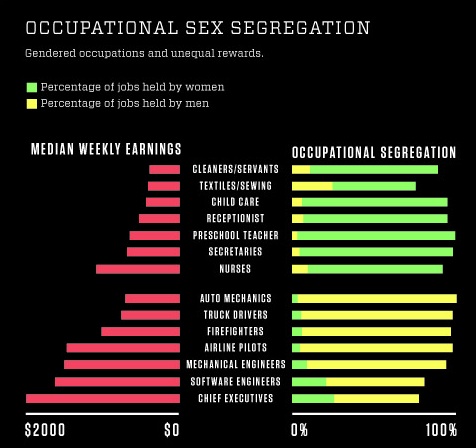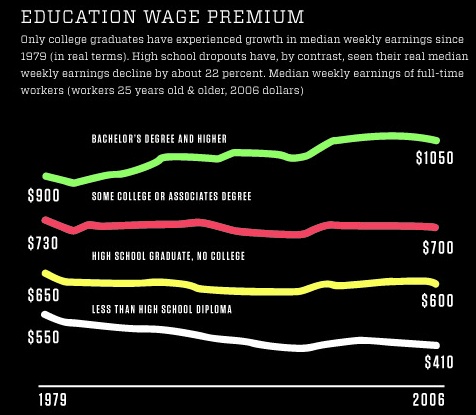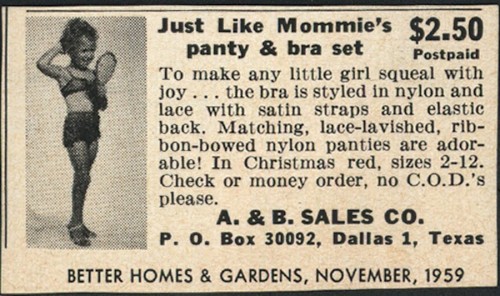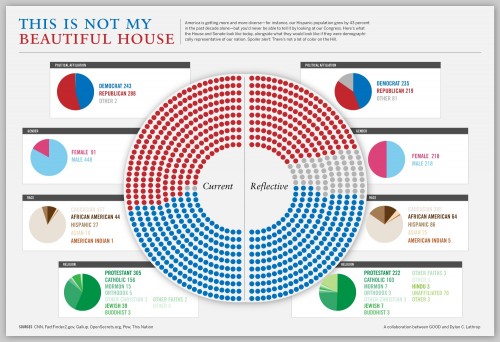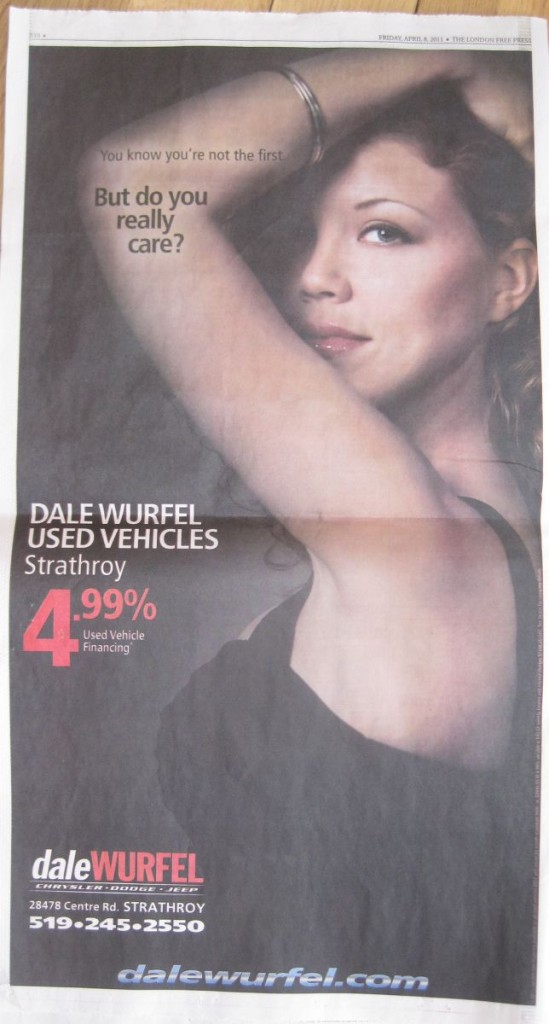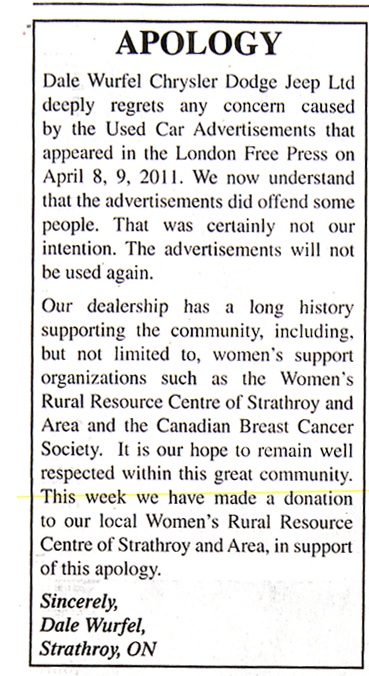
Yvette, Kari B., and Yet Another Girl all sent in links to articles about Dove Ultimate Go Sleeveless deodorant. The campaign for the deodorant focuses on the fact that it supposedly makes your armpits look better. Here’s one commercial (via The Consumerist; it’s not the best illustration of how much Dove is pushing the attractiveness angle, but it’s the only commercial from this ad campaign I could find):
According to research cited on Dove’s website, 93% of women think their underarms are unattractive and thus may refuse to wear sleeveless clothing.
Libby Copeland at Slate sums up what’s going on here:
Dove’s empowerment-via-shame marketing approach for Go Sleeveless has its roots in advertising techniques that gained popularity in the 1920s: a) pinpoint a problem, perhaps one consumers didn’t even know they had; b) exacerbate anxiety around the problem; c) sell the cure.
Ladies, it’s not enough to shave and deodorize your underarms. They need even more prettification than they’ve been getting. How this deodorant does that, I don’t know. But it does. You’re welcome.
Stephen Colbert discussed Dove and advertising based on insecurities recently:










